The Spicy Secret of Ethiopia: A Beginner's Guide to Mitmita Spice
Table of Contents
- Introduction to Mitmita Spice
- What Makes Mitmita Unique?
- How Is Mitmita Used in Cooking?
- Mitmita vs. Other Spices: A Comparison
- Tips for Using Mitmita
- Buying Guide for Mitmita
- Conclusion
Introduction to Mitmita Spice
If you've ever been intrigued by the fiery, aromatic flavors of Ethiopian cuisine, chances are you've encountered mitmita spice. This vibrant red blend is a cornerstone of many traditional Ethiopian dishes and is celebrated not only for its heat but also for its complex layers of flavor. But what exactly is mitmita? At its core, it’s a spice mix made from ground dried chili peppers, cardamom, cloves, and other spices, depending on regional variations. Expanding on the mitmita spice, it's important to note that its unique heat profile comes from African bird's eye chilies, which give it a distinct smoky kick.
What Makes Mitmita Unique?
Unlike many other hot spices, mitmita offers more than just heat. It balances spiciness with earthy undertones, creating a rich, multifaceted experience. The inclusion of cardamom and cloves adds a sweet, floral aroma that complements its fiery nature. To help visualize this balance, take a look at this table:
| Spice | Flavor Profile | Heat Level (1-10) |
|---|---|---|
| Mitmita | Smoky, earthy, sweet | 7 |
| Cayenne Pepper | Bright, sharp | 8 |
| Paprika | Sweet, mild | 2 |
How Is Mitmita Used in Cooking?
Mitmita plays an essential role in Ethiopian cooking, particularly in stews like doro wat (spicy chicken stew) and kitfo (minced raw beef). Beyond these classics, its versatility allows it to shine in marinades, rubs, and even as a seasoning for popcorn or roasted nuts. Here’s a list of practical tips for using mitmita:
- Add it sparingly at first—it packs a punch!
- Blend it with butter or oil for a flavorful spread.
- Use it as a finishing touch over soups or grains.
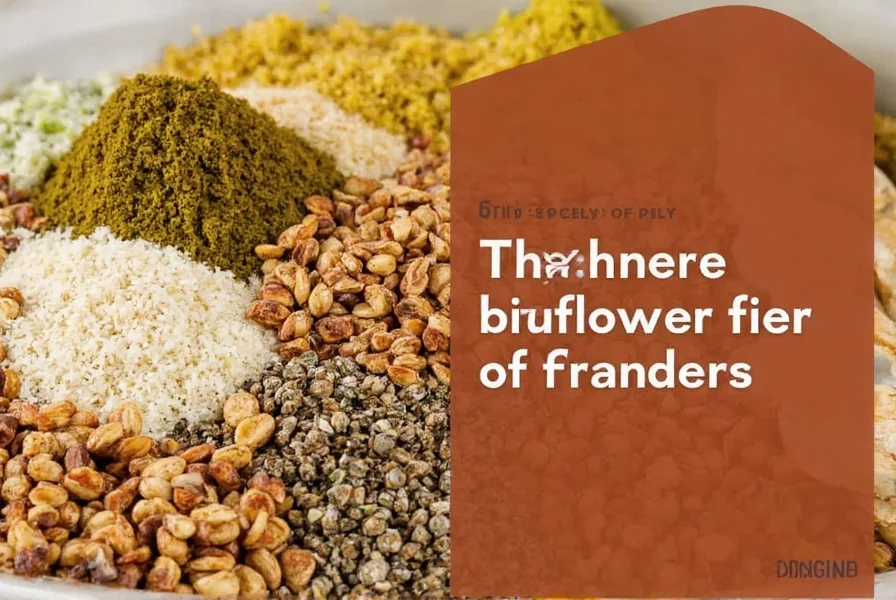
Mitmita vs. Other Spices: A Comparison
While mitmita shares some similarities with cayenne pepper and paprika, its combination of heat and sweetness sets it apart. Below is a comparison chart highlighting key differences:
| Spice | Primary Use | Heat Level | Flavor Notes |
|---|---|---|---|
| Mitmita | Stews, marinades | High | Earthy, smoky, sweet |
| Cayenne Pepper | Salads, salsas | Very high | Bright, sharp |
| Paprika | Rubs, garnishes | Low | Sweet, mild |
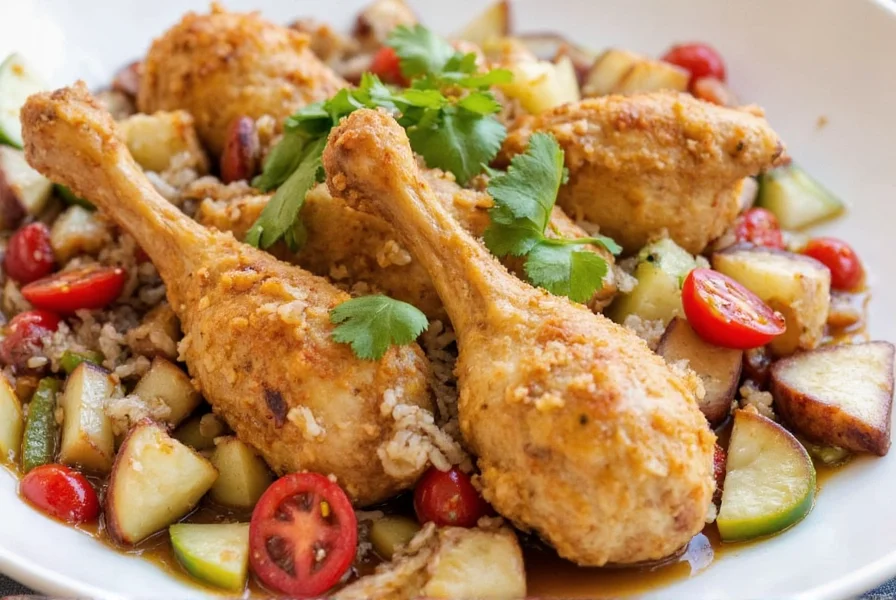
Tips for Using Mitmita
To make the most out of your mitmita experience, follow these guidelines:
- Start Small: Begin with a pinch and gradually increase according to your tolerance.
- Balance Flavors: Pair mitmita with creamy ingredients like yogurt or tahini to tone down the heat.
- Experiment: Try it in unexpected recipes, such as desserts or cocktails, for a surprising twist.
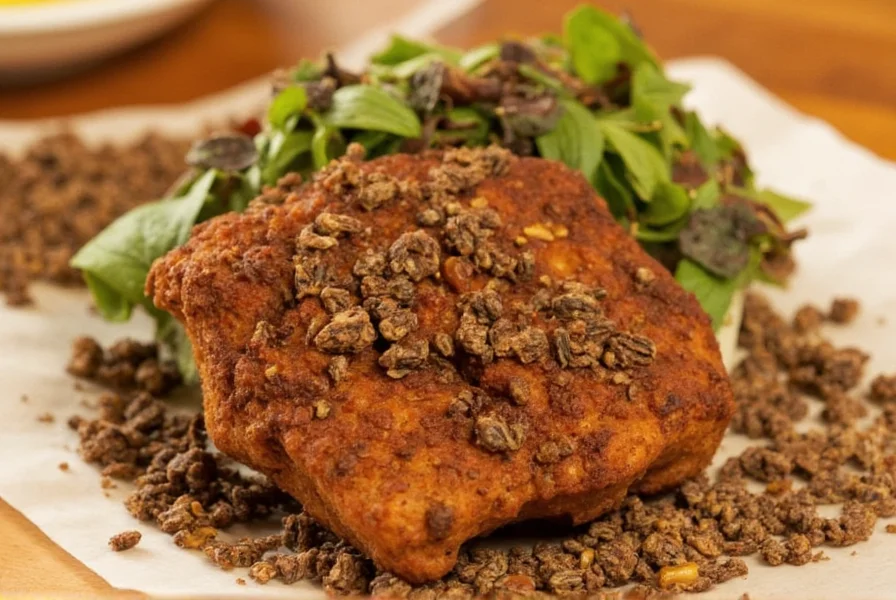
Buying Guide for Mitmita
Finding high-quality mitmita can be challenging, especially if you're unfamiliar with spice markets. Here's a detailed buying guide to help you navigate:
- Features: Look for bright red color and consistent grind size.
- Advantages: Authentic blends often include rare African chilies, enhancing flavor depth.
- Use Cases: Perfect for stews, marinades, and finishing touches.
- Target Audience: Ideal for adventurous cooks and fans of global cuisines.
- Suitable Occasions: Great for dinner parties or special meals where bold flavors are desired.
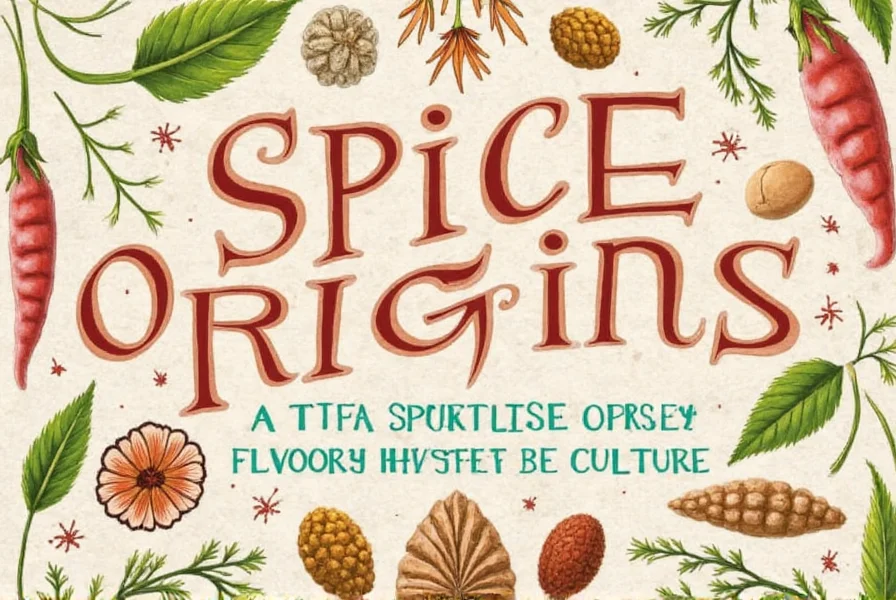
Conclusion
Mitmita spice is more than just a condiment; it's a gateway to exploring the culinary traditions of Ethiopia. With its unique blend of heat and sweetness, it offers endless possibilities for both amateur enthusiasts and professional chefs. Whether you're experimenting with new recipes or simply want to elevate your everyday meals, incorporating mitmita into your kitchen arsenal will surely bring joy and excitement to your taste buds. So why wait? Dive into the world of mitmita today!
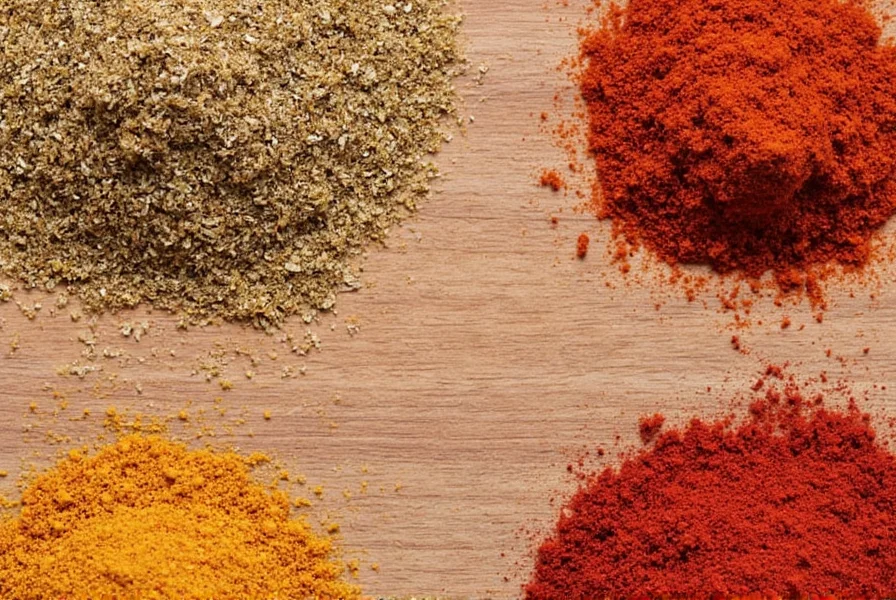

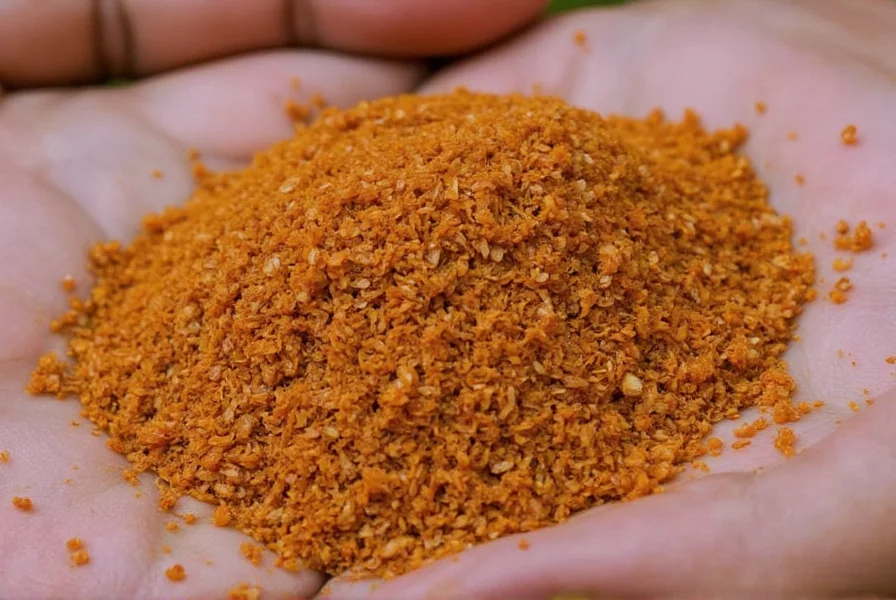









 浙公网安备
33010002000092号
浙公网安备
33010002000092号 浙B2-20120091-4
浙B2-20120091-4